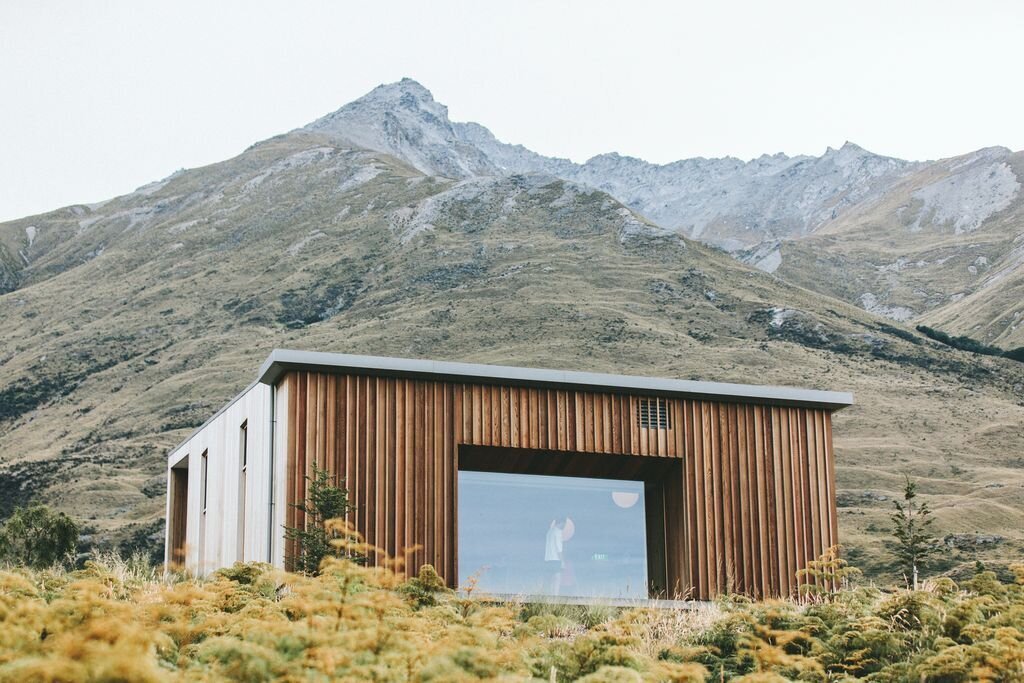
ReCentered Concept
a transit oriented development and economic strategy. additional details coming soon.
Reconnecting Communities
Mobility, Public Markets and Programs connected with housing and economic development investments have the potential to cause transformation for communities
Pueblo Village to Metropolis
Role of Transportation, its Infrastructure, and the Urban Environment of Los Angeles
Spanish-Californio Era
The mid-1500s - 1850: Tongva were the Native Americans who inhabited the region until Cortez's explorers made early European contact in the mid-1500s. It was part of New Spain, and its first permanent Spanish settlement was San Gabriel Mission, established in 1771. El Camino Real became its earliest European trade route by connecting 21 Missions along the primary indigenous trading routes.
Early Statehood Era
1850-1900: Between the 1870s and 1900, Los Angeles’ population ballooned from 5,000 to 100,000. New trade systems connected with the Port of Los Angeles, regional railway systems, and transcontinental railway connections transformed access to the region. New economies began to shift the regional economy from an eastward-oriented mission system to a westward-oriented economy.
Pacific Electric Railway Era
1900 - 1953: Multiple passenger rail lines began developing in the late 1800s and in 1900, an elevated bicycle highway was under construction. From Los Angeles to San Bernardino, the region was rapidly being connected through transit. A merger in 1911 created the Pacific Electric Railway Company, and by 1920 it was the largest electric rail system in the world.
Zenith of an Autotopia Life
1953-1973: Los Angeles was the American Dream, young families could purchase their 3bd+2ba homes, a sprawling yard, and a garage to park their car, which was the access to their dream. Urban design focused on solutions for this dream, and infrastructure was constructed bisecting older communities. Between 1953-1973 demand for transit vanished as well as its infrastructure.
In 1973, the Centers Concept established the general plan framework for the future Los Angeles the has evolved into the transportation system we know today.
Communities continually change and we now have new technoloy and capabilities to begin reconnecting them through mobility and economic development creating a new mobility-driven economy.
Mobility plan to reconnect communities impacted by the early rapid urbanization of Los Angeles by the infrastructure constructed and lost in favor of automobiles.
Public Markets to create equitable pathways to entrepreneurship through a new mobility centered economy and micro-enterprises.
Programs to create the tools and resources for an economically sustainable framework to deliver greater positive impacts.
Delivered through the implementation of a financing incentive system that delivers the regions critical need of affordable housing and economic developments.
Mobility plan to reconnect communities impacted by the early rapid urbanization of Los Angeles by the infrastructure constructed and lost in favor of automobiles.
Public Markets to create equitable pathways to entrepreneurship through a new mobility centered economy and micro-enterprises.
Programs to create the tools and resources for an economically sustainable framework to deliver greater positive impacts.
Delivered through the implementation of a financing incentive system that delivers the regions critical need of affordable housing and economic developments.
Introduce your brand
Take a minute to write an introduction that is short, sweet, and to the point. If you sell something, use this space to describe it in detail and tell us why we should make a purchase. Tap into your creativity. You’ve got this.





